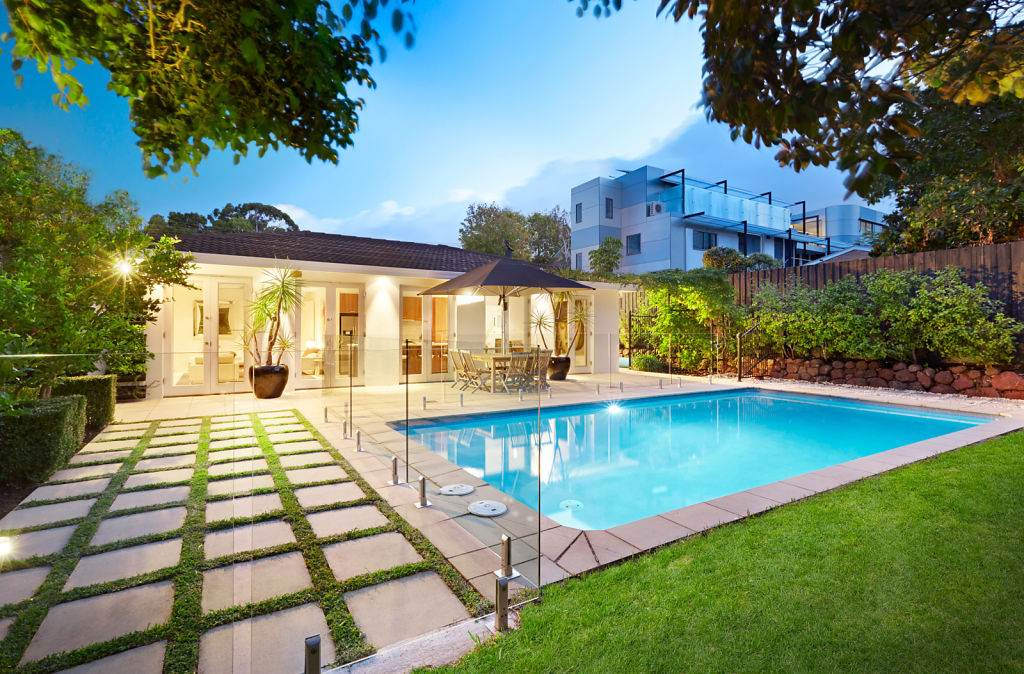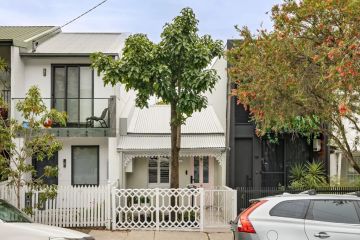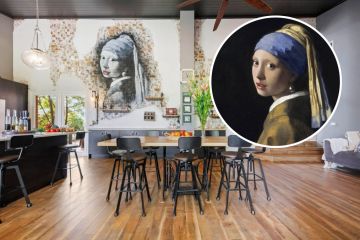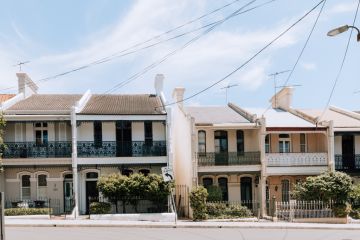Project homes and the Individual style of the 90s and 00s

Two very different architectural trends have emerged since the 90s: firstly, the renovation of project homes from the 70s and 80s, and secondly, what is described as the ‘Individual’ architectural style.
Characteristics
1. Project homes
During the 70s and early 80s, home exhibition centres emerged, where different builders would exhibit a range of homes where customers could review features.
“These homes tended to be generic, but home buyers could customise a few features – more so internally,” says Malcolm Gunning, President of the Real Estate Institute of New South Wales. “As a result, you saw a lot of homes that looked the same, generally in the 20–30 km ring outside the city centres in Melbourne and Sydney. The blocks of land would be subdivided but still reasonably sized. Customers would choose a home and it could be knocked up within six months.”
By the 1990s, many homeowners had paid off their homes and wanted their ‘castle’to reflect them.
“In general, it was an affluent time and people started to spend a lot more on making their homes luxurious and adding in the latest technology,” says Gunning. “Many of the homes in the street would have looked similar and so customised renovations like rendering facades, adding verandahs and building rumpus rooms or family rooms out the back of the home were big. And adding new bathrooms and ensuites– all that sort of thing.”
You can still buy project homes today, but unlike the pre-90s, the range of home designs available and level of customisation is much, much greater.
2. The Individual style
According to Cameron Frazer from Ask An Architect, the building advisory service of the Australian Institute of Architects, the earliest examples of the Individual style began back in the Modernist period of the mid–20th century, but really took hold during the 90s.
“Architects and design came to the fore. Clients worked closely with architects to create a home, which you see in examples by Walter Burley Griffin and Harry Seidler,” he says.
“It became more prevalent in the 90s and the early part of this century. Greater affluence and disposable income in what was traditionally termed the middle class, led to more personalised design and a lot more interest in personalised design for housing.”
Though a smaller proportion of the housing market, Frazer notes that the Individual style receives a lot of publicity and public interest, reflected by the rise of home renovating and building reality television since the 90s.
“[Individual style] is seen in the plethora of reality television shows like The Block, house renovating and building and apartment renovating and building, where customised, individualistic residential design is the focus,” he says.
“It is an individual movement – everything from unusual commercial and industrial conversions to renovations and new builds.”
Common ground
There is a cross over between these two movements. At times you see renovated homes, and even some project homes, marketed by highlighting the architect behind the design.
“In the 70s, Merchant Builders was a mass building company in Victoria, it employed a young architect at the time called Graham Gunn,” says Frazer. “They were building homes that were quite carefully thought through and Gunn’s work is still held up as an architectural highlight today.”
‘It might sound strange, but there are bespoke mass builders today who market architectural design. They can tailor a home to your site and needs but within their structure.”
Market value and renovations
Project homes: As Gunning explains, many renovated project homes are not always easy to market, as unless they were tastefully done, they are reflective of someone’s personal taste and not necessarily to everyone’s taste.
“These homes, broadly speaking, don’t tend to have many endearing features or any heritage value, but were built on larger blocks of land and overall are bigger homes with good size rooms featuring efficient design,”says Gunning. “Today, people are more likely to put the bulldozer through them and build a duplex on the land. These large homes aren’t necessarily reflective of how people live today.”
Today there is a greater emphasis on quality over quantity. People are prepared to live in smaller spaces providing they are living in luxury, such as in apartments, townhouses or smaller homes.
“It’s a little bit ‘back to the future’”, says Gunning. “In newly developed areas you have homes on 200 m2 blocks rather than 400 m2, and you are seeing properties built on over 75 per cent of land rather than the old 50 per cent.” In fact, according to Gunning, people are probably building one and half times the floor area of the land. “So on a 200 m2 block, you are building 350 m2 of floor space,”he says.
Individual style: The biggest selling point with these homes is that you will normally see a high quality of build and liveability. “Architects focus not only on beautiful design, but functional design. I say a ‘high level of liveability’ in terms of an enjoyable and rewarding house to live in. They have been customised to the owners, the site and the environment,” says Frazer.
We recommend
We thought you might like
States
Capital Cities
Capital Cities - Rentals
Popular Areas
Allhomes
More











